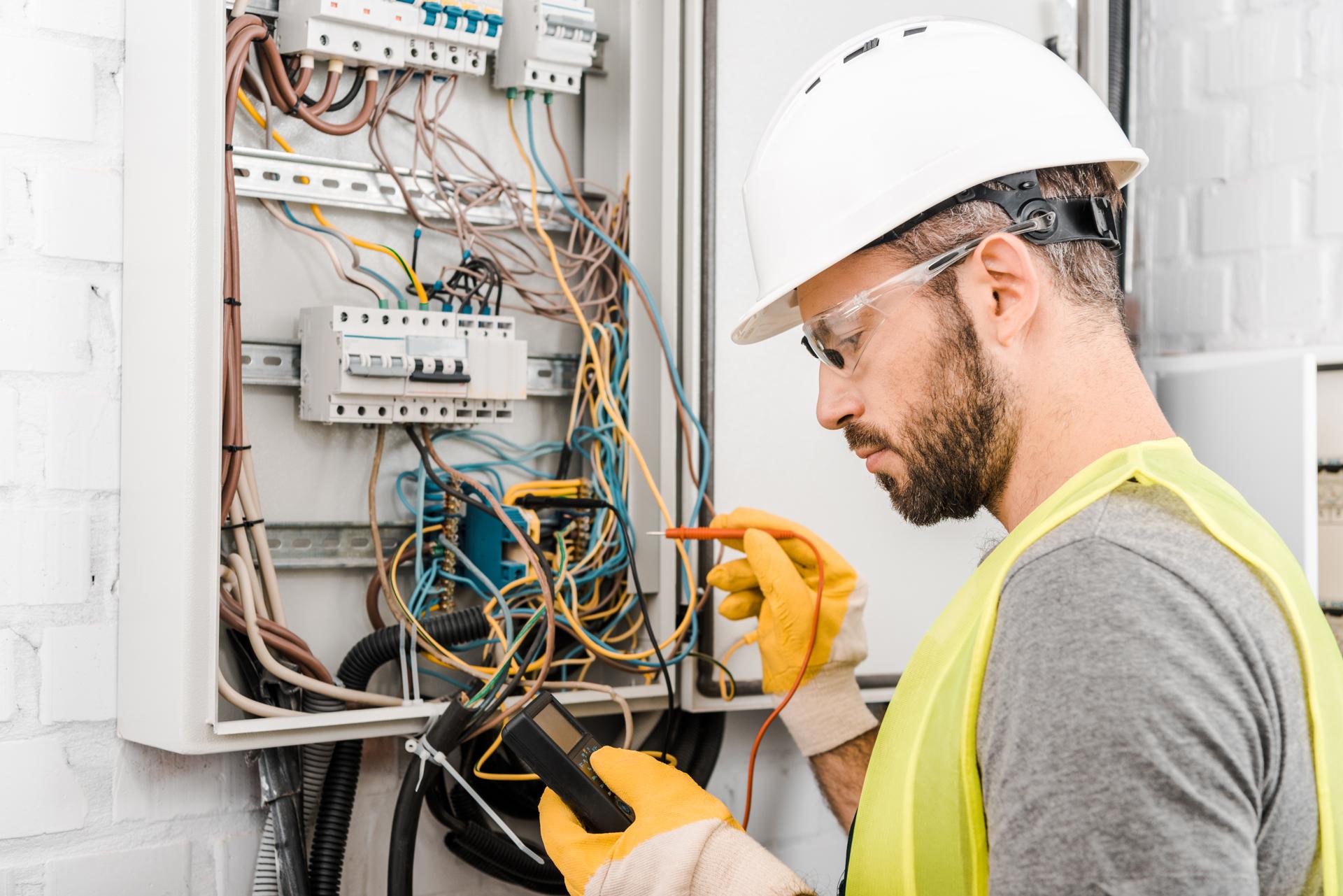Electrical Wiring 101: The Basics in Your Home

Electricity is an integral part of our everyday life, powering everything from the lighting in your homes, to gadgets that we use each day. But electricity systems are complicated knowing how they operate can be challenging. In this article, we’ll break down the components of an electrical system, and show how circuits operate to power appliances and devices. Our residential electricians can handle any electrical jobs you need.
Components of an Electrical System
An electrical system is comprised of several important components that work to provide power throughout the home. This includes:
Breaker box: the central distribution point for electrical power in homes that is where electricity is divided into different circuits
Switches and outlets: the points at which electricity is supplied to appliances and devices
Wiring: the electrical wires that transport power from the breaker box to outlets and switches
Electrical appliances and devices: appliances and devices that require electricity to function
Electrical Circuits
A circuit of electricity is a path that allows electricity to flow from the source (the breakers box) to appliances and devices within a home. There are two kinds of electrical circuits in a home that are 120-volt and 240-volt circuits. 120-volt circuits are utilized for the majority of household appliances and appliances, while the 240-volt circuits are designed for larger appliances like dryers, air conditioners and electric ones.
Electrical circuits work by completing a loop that allows electricity to be transferred from the source to the appliance or device. The loop is comprised of a hot cable that is the conduit for electricity, a neutral wire that completes the circuit as well as a ground wire that provides the pathway for electricity to reach the ground in case there is a problem.
Understanding the electrical Wiring
Electrical wiring is available in many kinds, such as non-metallic sheathed cables (NM) and armored cable (AC) and conduit. Each has its own advantages and disadvantages, and the choice of the wiring type is contingent upon the specific needs that the location requires.
The electricity travels through wires through the creation of electrons in the wire. The electrons flow through the wire from source, to device or appliance returning to the source via the neutral wire. It is crucial to make sure that the wiring is installed and maintained correctly, as faulty wiring can lead to electrical dangers like shocks and fires.
Common Electrical Problems
Some common electrical problems in homes include tripping light bulbs, flickering breakers and disconnected outlets. These problems can be caused due to a variety of reasons that include overloading circuits, loose connections, and faulty wiring.
If you are experiencing any of these issues, it’s essential to identify the cause and take appropriate action to fix the problem. In certain instances this could mean contacting an authorized electrician to inspect and repair the wiring.
Concluding and Call to Action
In the end, knowing how electrical wiring works is crucial for ensuring the safety and security of your home’s electrical system. By adhering to the guidelines laid out in this article and you will be able to remain secure and stay clear of potential dangers.
Should you ever have concerns or questions regarding your home’s electrical system Don’t hesitate to reach out to Local Electrician Eastern Creek. Our electricians are licensed and have the knowledge and expertise to address all of your electrical needs. Contact us by phone at 1300 610 481 to schedule a appointment.
FAQ
What are the symptoms of a faulty electrical wiring?
Signs of faulty electrical wiring may include tripping breakers flashing lights, and electrical outlets that are not working, for example.
How often should I schedule my home’s electrical system inspected?
It’s recommended that you get your home’s electrical system checked by an authorized electrician each 10 years.
What is the lifespan of wiring that is electrical?
The life expectancy of electrical wiring is dependent on several factors, including the kind of wiring used, the setting it’s placed in, and the standard of installation. In general, electrical wiring lasts as long as 30-years or longer if it’s installed with correct installation and care.
Can I fix electrical problems by myself or should I employ an electrician?
While some electrical issues can be fixed by homeowners, it’s advised that you employ an authorized electrician for the majority of electrical repairs. Making attempts to fix electrical problems without the proper education and experience can be dangerous and may cause damage or injury the property.
What should I do if experience an electrical emergency at home?
In the event of an electrical emergency first thing to do is to turn off power to the area affected by turning off the fuse or breaker. Contact an authorized electrician to inspect and repair the issue as soon as you can.
If you follow these tips, you can ensure the security and reliability of the home’s electrical system and prevent any potential dangers. Be aware that when it comes to electrical repairs or installations, it’s always best to trust the experts. Reach out to Local Electrician Eastern Creek at 1300 610 481 for all your electrical concerns.
